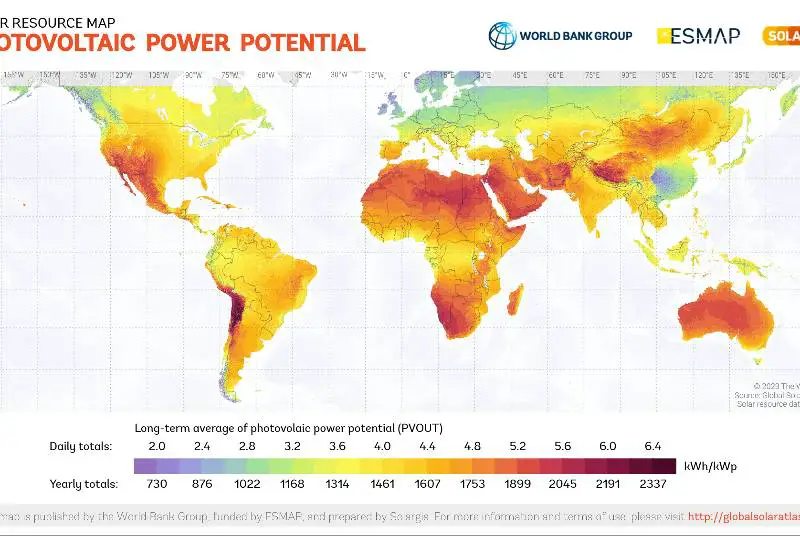[solar_panel_roof_load_calculator]
How to Calculate the Solar Panel Roof Load?
To calculate the solar panel roof load, you’ll want to dive into two main areas: point load and distributed load.
The point load represents the pressure applied to specific points where the solar panels and their mounting hardware attach to the roof.
It’s like pinpointing exactly where your roof will need to support more weight to ensure those spots can handle it without any issues.
On the other hand, the distributed load is all about the total weight of the solar panel system spread out over the entire area it occupies on your roof.
This ensures the overall structure of your roof is strong enough to carry the weight evenly, preventing any sagging or structural damage.
To ensure your installation is both cost-effective and structurally sound, it’s essential to calculate solar panel costs accurately, factoring in materials, labor, and the potential need for roof reinforcements.
So, here’s a step-by-step guide to performing these calculations:
a. Point Load Calculation
1. Gather the Necessary Parameters
To get into the nitty-gritty of figuring out if your roof can handle a bunch of solar panels, we’ve got to look at a few important things.
First up, how many panels do you want to put up there?
This number is pretty much where we start since it affects everything else.
Then, we need to talk about how heavy each of these panels is.
Solar panels aren’t one-size-fits-all; they come in different sizes and weights.
Next on the list is the mounting system – that’s all the bits and pieces that hold your panels in place on the roof.
We can’t forget to add that weight to our total.
And lastly, we need to figure out how many spots on the roof the whole setup is going to be attached to.
This helps us understand how much weight is pressing down on each of those spots, making sure they can handle it without any trouble.
For this example, I’ll consider my own solar panel project to show you how it’s done.
Let’s say I want to install 10 solar panels on my roof, each weighing in at about 40 pounds.
Adding to this, we have the mounting system, which we’ll estimate contributes an additional 100 pounds across the entire setup.
With the system poised to attach at 20 distinct points on the roof, we now have a clear picture of our setup’s footprint.
2. Calculate the Total Weight of the Array
After we’ve gathered all the necessary information about our setup, the next step is to calculate the total weight of the array.
To calculate the total weight of solar panels, we’ll multiply the number of panels by the weight of one individual panel.
This formula is straightforward:
Total Weight of Panels = Number of Panels × Weight of One Panel
For our example, our calculation would look like this:
Total Weight of Panels = 10 × 40 = 400 pounds
Now, we need to add the weight of the mounting system to get the overall weight of the array:
Total Weight of Array = Total Weight of Panels + Weight of Mounting System
Total Weight of Array = 400 + 100 = 500 pounds
This 500 pounds represents the cumulative load that the roof will need to support once the solar panels and mounting system are installed.
3. Calculate the Weight at Each Connection
Finally, we can calculate the weight at each connection point to ensure that the roof structure can safely support the solar panel system.
To do this, we take the total weight of the array and divide it by the number of attachment points on the roof.
Given our example, with a total array weight of 500 pounds and 20 attachment points, the calculation would be:
Weight at Each Connection = Total Weight of Array / Number of Attachment Points
Weight at Each Connection = 500 / 20 = 25 pounds
This means each connection point will need to support 25 pounds.
Anything higher than this might push the limits of what your roof can handle.
But remember, these numbers aren’t just about making sure your roof doesn’t collapse under the weight.
They’re also about longevity and safety.
A roof that’s overloaded might not fail today or tomorrow, but it could lead to problems down the line, like structural damage or leaks.
Plus, knowing the weight each connection can handle helps with planning the layout of your panels to distribute the weight evenly across your roof.
b. Distributed Load Calculations
1. Figure out the Solar Panel Area
Now, we’ll get more into the specifics of how to distribute the weight of solar panels across your roof.
First up, figuring out the solar panel area is our initial task.
This means we need to know the size of one solar panel because this will tell us how much space it’ll take up on your roof.
Let’s say, for example, each of your solar panels is 5 feet long and 3 feet wide.
To find the area that one panel will cover, you simply multiply the length by the width:
Area of One Panel = Length × Width
Area = 5 ft × 3 ft = 15 square feet
So, in this case, each solar panel covers an area of 15 square feet.
2. Estimate the Total Array Area
Next, we can estimate the total array area that the solar panels will occupy on the roof.
To find the total area that all the solar panels will cover, we multiply this area by the number of panels:
Total Array Area = Area of One Panel × Number of Panels
If you are installing 10 panels, the calculation would be:
Total Array Area = 15 sq ft × 10 = 150 sq ft
This means the solar panels will occupy a total area of 150 square feet on your roof.
3. Calculate Distributed Load
The final step in ensuring your roof can support a solar panel installation is to calculate the distributed load.
To calculate the distributed load, we need to divide the total weight of the solar panel system (including panels and mounting hardware) by the total array area we’ve calculated.
This gives us a weight per square foot measurement, which is crucial for assessing the structural integrity of your roof.
Distributed Load (lbs/sq ft) = Total Weight of Solar Panel System (lbs) / Total Array Area (sq ft)
For our example, the calculation would be:
Distributed Load = 500 lbs / 150 sq ft = 3.33 lbs/sq ft
This result means that every square foot of your roof area covered by solar panels needs to support an additional 3.33 pounds of weight.
FAQs
How Do You Calculate Solar Panel Load?
To calculate the solar panel load, sum the weight of all panels and the mounting system, then assess point load at attachment points and distributed load over the roof area.
How Do You Calculate Solar Panels on a Roof?
To calculate the area of one panel, multiply by the number of panels to get total area, and ensure it does not exceed the roof’s usable space, considering orientation and tilt.
Will My Roof Take the Weight of Solar Panels?
Your roof will take the weight of solar panels if the distributed load, calculated by dividing the total weight of the solar panel system by the area it covers, does not exceed the structural load capacity of your roof.
How Do I Know How Many Solar Panels Will Fit My Roof?
To know the number of solar panels that will fit on your roof, calculate the total usable roof area and divide it by the area occupied by a single panel.
Wrapping Up
As promised, we’ve covered everything you need to know about calculating your solar panel roof load, from the nitty-gritty of point load and distributed load to ensuring your roof can handle the weight.
However, I still have some advice: don’t skip the step of consulting with a structural engineer or a professional installer.
It might seem like an extra step, but getting an expert’s approval can save you from a world of stress down the line.
Join our solar microdosing newsletter and get bite-sized, easy-to-understand insights into the world of solar energy.
From how solar panels work to building your own DIY solar system, we’ve got you covered.





